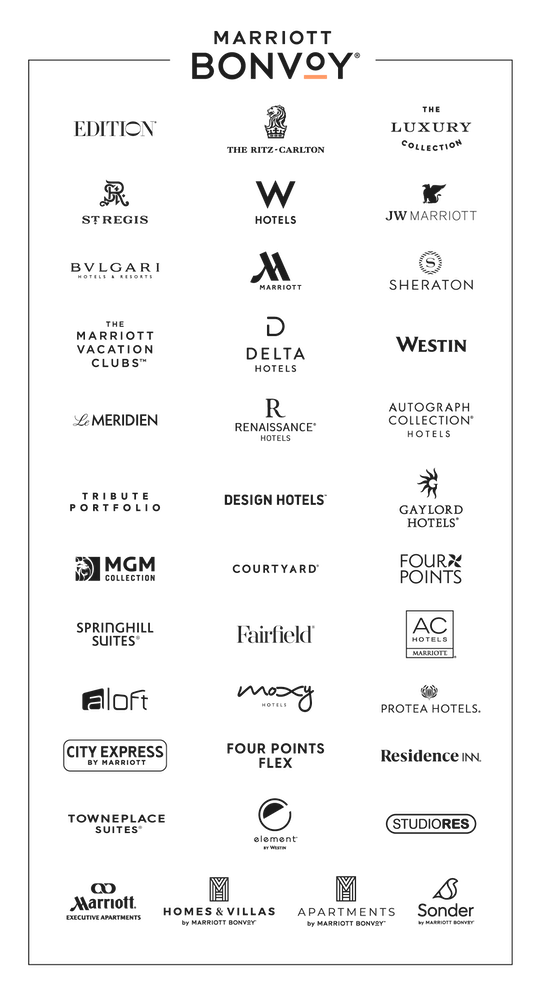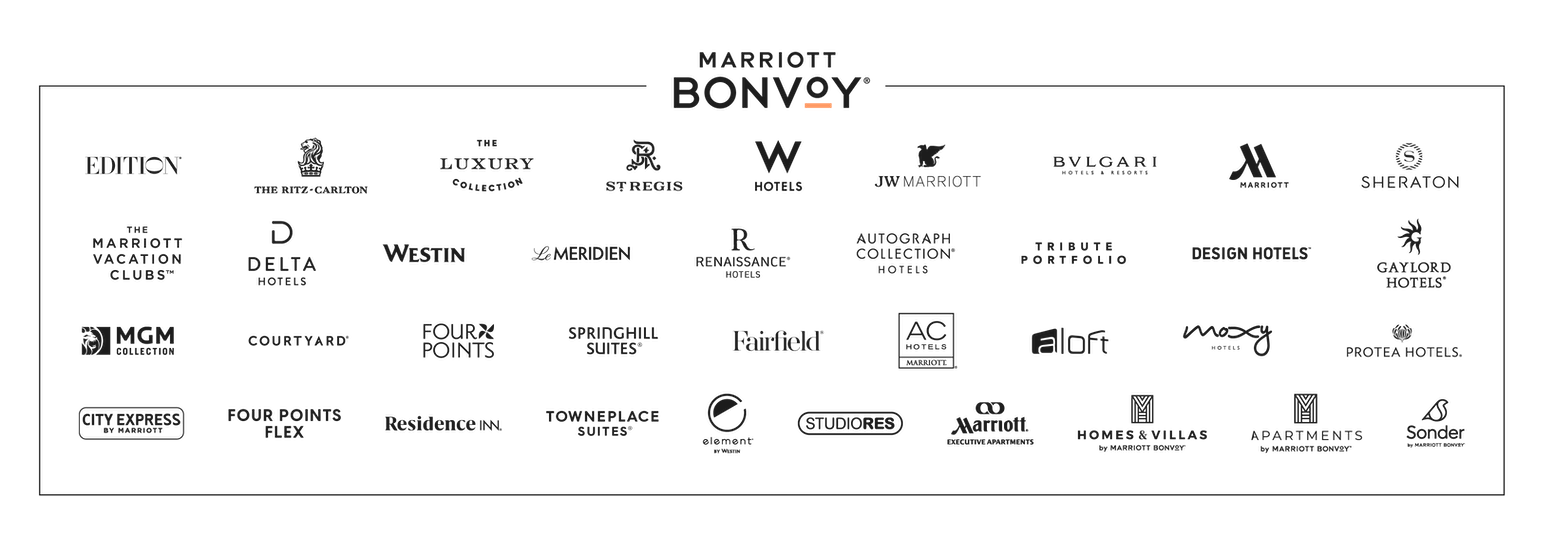A holistic approach to a sustainable industry (and world)
Meeting Professionals International and Marriott International have launched a longterm sustainability partnership with the goal of moving the sustainability needle for the meeting and event industry by bringing people together for meaningful conversations and telling the story about important sustainability initiatives that are already taking place.
Look for monthly articles in MPI publications and robust conversations in a sustainability-focused MPI Community Forum and a sustainability-focused boot camp. Visit the MPI Academy to learn more.
To set the table for this exciting new partnership between Marriott and MPI, we recently spoke with two sustainability experts about notable trends, how to measure efforts and overcoming challenges: Denise Naguib, global vice president, sustainability and supplier diversity for Marriott International, and Courtney Lohmann, CMP, SEPC, founder of Caretta Impact, a 23-year veteran of meetings, hospitality and travel who developed the curriculum for the new boot camp.


Why is sustainability such an important part of the meeting industry’s present and future?
NAGUIB: We all understand the value meetings— whether we gather to learn, celebrate, connect or collaborate. We also know that meetings have an impact—both positive (generating jobs) or negative (creating food waste). Our opportunity is to understand and work towards having meetings that can be a win-win-win—good for the economy, good for the attendees, good for the planet. This is the way forward as expected by attendees, meeting professionals, the community at large and employees.
LOHMANN: It’s important because bringing people together is important. When you bring people together, you essentially create a temporary space for them to gather, and with that you naturally produce a certain amount of waste—carbon waste, food waste, material waste, etc.
When we meet, good things happen. When we meet, we create bonds and push each other forward. We can’t stop meeting. But in today’s world, we have a much better understanding of how these meetings have an impact on the world—environmentally and socially. Meetings and events have always been designed to create something good, to bring positivity. We have to understand that the good and positivity must be carried through in the environment and our communities.
Can you tell us about one of the biggest challenges for sustainability efforts in the meeting and event industry?
NAGUIB: With so many people representing so many perspectives, one of the challenges is understanding the way customers evaluate hotels on sustainability. We hear from some that it isn’t on their radar, others who don’t know where to begin and those who have very specific expectations in order to meet their own goals. On the other side of the equation, we have suppliers also along a spectrum. Much of these gaps can be bridged with conversation and engagement between the stakeholders, identifying how to meet each other’s needs AND drive the sustainability agenda forward. I encourage all of us to remember that we are likely not in exactly the same place, but our collective intention is in the right, sustainable direction.
LOHMANN: I think the biggest challenge we are all faced with at the moment is climate change-related issues. This has most jumping to carbon emissions and then jumping to flights and the impact of travel. This is the biggest problem we have. If we want to meet, we have to bring people together, and more often than not, that means putting many people on planes.
While tackling this issue is challenging, it doesn’t mean we should throw our hands in the air and wait for a simple solution. We can look at carbon offset programs for our flights. We can look at ways to minimize flight miles by choosing destinations that make the most sense. But more importantly, we can dig in and really look at the most concrete things we can control. We can control the venues we select, the suppliers we work with, the destinations we go to. We can control what materials are used, how much waste we produce, what foods we serve. We can implement changes to our signage and communication plans. We can strive to hit zero waste in all areas of our events and create tremendous impact.
How do you measure the success of sustainability efforts?
NAGUIB: At the individual event level, there are many ways to measure success including looking at the impact metrics such as carbon, water and waste with a goal to reduce those impacts (on a per-person basis, for example). You can also measure the amount of food donated, trees planted, hours volunteered, water bottles saved. I also would look at the engagement of attendees as another important metric—were they aware of and appreciative of the sustainability efforts made? With our company’s philosophy of "success is never final," I would also look at success as identifying one more thing that could be done/done better next time!
LOHMANN: Every time you implement something, you create success for yourself. Even for those that haven’t started to implement any sustainability, a success can be auditing how much and what types of foods are left over at your event. Data is knowledge. As planners we’ve always known this. Collecting data and seeing how you grow your impact year over year helps you understand your successes and where you can focus more efforts.
I think the ultimate level of success is attendee engagement. Telling your story around the "why" of what you are implementing and then seeing more and more of your attendees partaking in what you are doing and asking for more or being excited around your impact areas—this is the true measure of success.


